Locked Airtight with Coyote
Author: Jeff Tiessen

Prosthetic technology need not always be super sophisticated when simple science solves a fit or function problem with a solid solution.
For most, bionic hands, running blades, and slick socket art represent the shining stars of the prosthetic stage. Media attention to these prosthetic celebrities confirms it for the casual observer.
But prosthetic technology need not always be super sophisticated. If simple science solves a fit or function problem with a solid solution, that too stands as technological innovation. When the curtain is pulled back on the articulating hand, the energy-returning ankle or foot, or the socket’s undercarriage, their exposed workings are a collaboration of mostly unheralded and glamourless parts.
But prosthetic technology need not always be super sophisticated. If simple science solves a fit or function problem with a solid solution, that too stands as technological innovation. When the curtain is pulled back on the articulating hand, the energy-returning ankle or foot, or the socket’s undercarriage, their exposed workings are a collaboration of mostly unheralded and glamourless parts.
And like a transmission, or an oil filter, or a fan belt in your vehicle, a parts problem makes for a no-go scenario.
In the world of lower limb prosthetic devices, a good example of an important but lesser-appreciated piece of the final product might be the Air-Lock. Its importance stems from its ability to create socket suction and reduce up-and-down movement (pistoning) of the residual limb within it. The component’s airtight seal prevents air from entering the socket's bottom.
One of the industry’s most popular units is the Coyote Air-Lock, a dual-suspension pin system designed to combine the comfort of suction suspension with pin security.
It works like this: the pin firmly attaches the liner to the airtight lock at the bottom end of the socket. With the socket holding the limb stably in place, the only place for trapped air to go is out the top. As the limb moves and takes up more space, it creates pressure and pushes more air out, creating negative pressure, also known as “suction.”
The Coyote Air-Lock was born out of the need for a better product for one man’s own prosthetic care. Prosthetist and orthotist Dale Perkins and his son Matt Perkins, both of whom are amputees, founded Coyote Prosthetics and Orthotics 25+ years ago. Needless to say, their passion for developing technology to improve prosthetic fit and function is very personal.
When launching his firm, Dale was acutely aware of amputees' struggles, and felt that there were limited solutions on the market for amputees. While his clients liked the convenience and security of a lock, many were experiencing discomfort because of it. In response, he envisioned an airtight lock mechanism with added suction to decrease the distal distraction on the limb, which it does.
“We are innovators and creators of orthotic and prosthetic devices and products that are used by practitioners across the globe,” notes the elder Perkins. “Our mission has always been to provide the function, comfort, and outcomes that we would expect for ourselves and our families through exceptional devices, techniques, and service.”
One of the industry’s most popular units is the Coyote Air-Lock, a dual-suspension pin system designed to combine the comfort of suction suspension with pin security.
It works like this: the pin firmly attaches the liner to the airtight lock at the bottom end of the socket. With the socket holding the limb stably in place, the only place for trapped air to go is out the top. As the limb moves and takes up more space, it creates pressure and pushes more air out, creating negative pressure, also known as “suction.”
The Coyote Air-Lock was born out of the need for a better product for one man’s own prosthetic care. Prosthetist and orthotist Dale Perkins and his son Matt Perkins, both of whom are amputees, founded Coyote Prosthetics and Orthotics 25+ years ago. Needless to say, their passion for developing technology to improve prosthetic fit and function is very personal.
When launching his firm, Dale was acutely aware of amputees' struggles, and felt that there were limited solutions on the market for amputees. While his clients liked the convenience and security of a lock, many were experiencing discomfort because of it. In response, he envisioned an airtight lock mechanism with added suction to decrease the distal distraction on the limb, which it does.
“We are innovators and creators of orthotic and prosthetic devices and products that are used by practitioners across the globe,” notes the elder Perkins. “Our mission has always been to provide the function, comfort, and outcomes that we would expect for ourselves and our families through exceptional devices, techniques, and service.”
The Perkins’ Air-Lock is water resistant and designed to stand up to the elements so amputees can live more active lives and participate in whatever activities life brings.
James Wilson, a Coyote customer in the United Kingdom, is a testament to that.
Wilson, known to many on social media as the Legless Wanderer, is a months-at-a-time traveler and needs reliability from his prosthetic legs. “One of the common fails,” he shares, “was the locking mechanism. There were times I’d have to use a hammer or brick to bash the leg until the lock disengaged, or even worse, resort to forcing water into the liner so my stump could get out of the leg.”
He admits that he is guilty of putting his legs in unsuitable environments but maintains the attitude that the leg should put up with whatever he wants to do and not the other way around. And when in warm climates for long periods of time, fitting issues like pistoning or knee movement were exacerbated.
Upon his return from a longer trip, he decided to investigate how his prostheses were built and if there was a cost-effective way of solving the problems. “I looked at 3-D scanning and printing and every kind of lock and casting method available. I found a lot of options if you have an unlimited budget. But I eventually found the Coyote Air-Lock, and it ticked the box of what I needed.”
But he was apprehensive at first. “I was a little skeptical that a plastic lock would hold out, so I carried a full complement of spares should the lock fail and simply did whatever I wanted to do.”
But he didn’t need them, even after noticing that his stump wasn’t sitting deep enough in the socket. The pin would only engage a couple of clicks. Not enough. “So, I dismantled the lock to find what was wrong,” Wilson recalls. “The bottom of the lock housing was full of sand and dirt. I cleaned it out, and even with some scarring on the lock from the sand, it functioned like new.”
From sand to sea, Wilson is an avid scuba diver. He and his Coyote Air-Locks have notched over 300 dives. “Never once has it jammed,” he says. “So far, the lock has held up to everything I have thrown at it. I have every confidence that it won’t fail.” That’s a testament not just to the technology but to the technologists behind it.
For more information on the Air-Lock and other Coyote products, visit coyotecares.com.
Wilson, known to many on social media as the Legless Wanderer, is a months-at-a-time traveler and needs reliability from his prosthetic legs. “One of the common fails,” he shares, “was the locking mechanism. There were times I’d have to use a hammer or brick to bash the leg until the lock disengaged, or even worse, resort to forcing water into the liner so my stump could get out of the leg.”
He admits that he is guilty of putting his legs in unsuitable environments but maintains the attitude that the leg should put up with whatever he wants to do and not the other way around. And when in warm climates for long periods of time, fitting issues like pistoning or knee movement were exacerbated.
Upon his return from a longer trip, he decided to investigate how his prostheses were built and if there was a cost-effective way of solving the problems. “I looked at 3-D scanning and printing and every kind of lock and casting method available. I found a lot of options if you have an unlimited budget. But I eventually found the Coyote Air-Lock, and it ticked the box of what I needed.”
But he was apprehensive at first. “I was a little skeptical that a plastic lock would hold out, so I carried a full complement of spares should the lock fail and simply did whatever I wanted to do.”
But he didn’t need them, even after noticing that his stump wasn’t sitting deep enough in the socket. The pin would only engage a couple of clicks. Not enough. “So, I dismantled the lock to find what was wrong,” Wilson recalls. “The bottom of the lock housing was full of sand and dirt. I cleaned it out, and even with some scarring on the lock from the sand, it functioned like new.”
From sand to sea, Wilson is an avid scuba diver. He and his Coyote Air-Locks have notched over 300 dives. “Never once has it jammed,” he says. “So far, the lock has held up to everything I have thrown at it. I have every confidence that it won’t fail.” That’s a testament not just to the technology but to the technologists behind it.
For more information on the Air-Lock and other Coyote products, visit coyotecares.com.

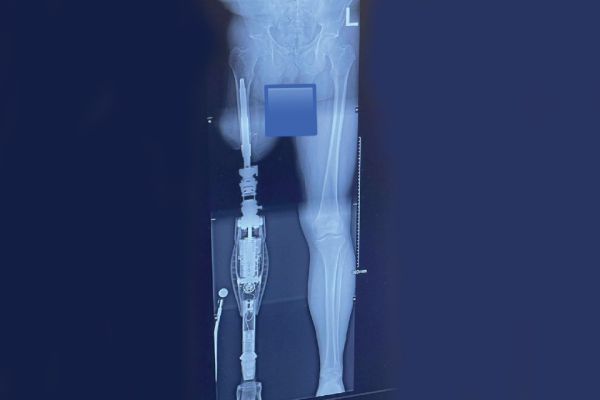
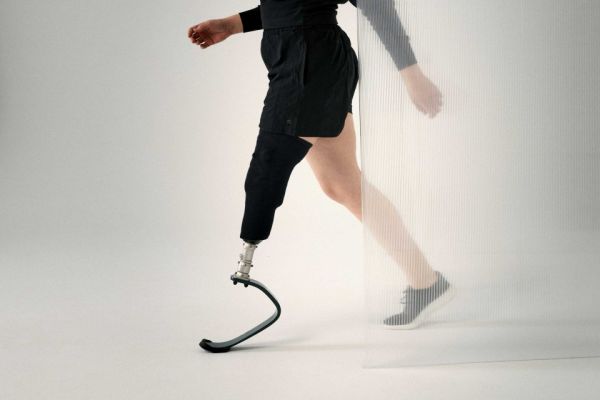


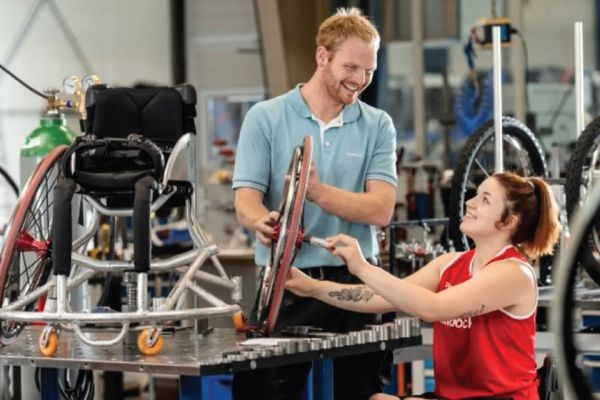
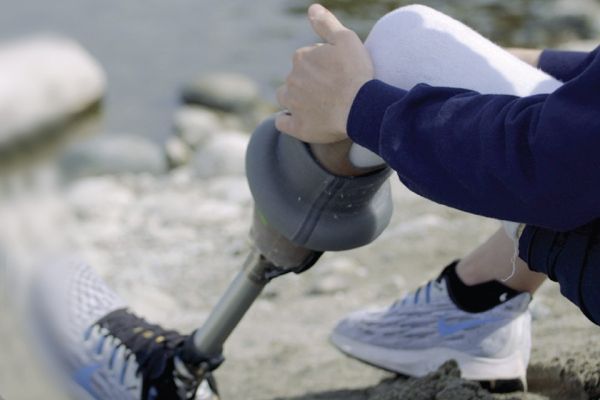

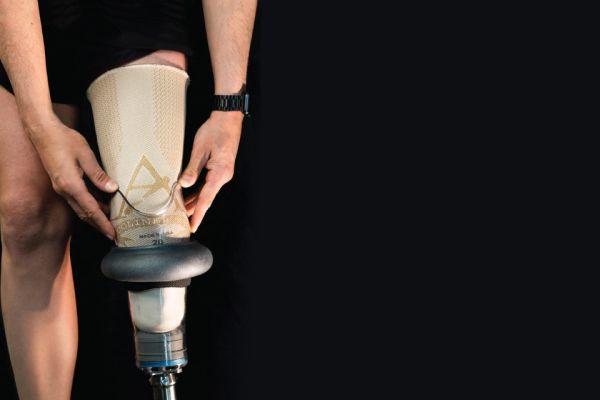

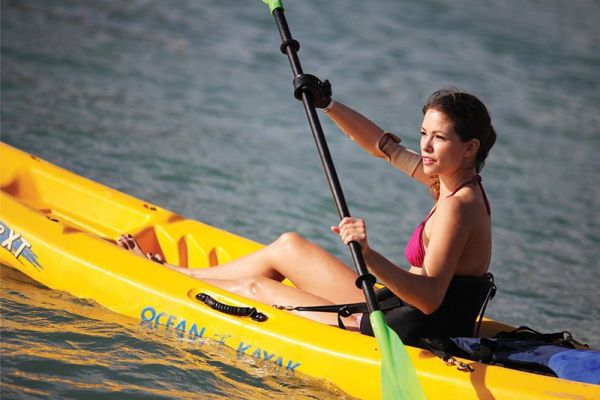
 How to resolve AdBlock issue?
How to resolve AdBlock issue?